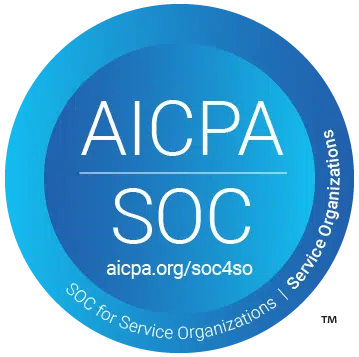
Canada’s immigration system is undergoing a major transformation, driven by advanced data analytics. According to a recent article by Immigration.ca, Immigration, Refugees and Citizenship Canada (IRCC) is significantly expanding its use of data-driven systems to improve the speed and efficiency of processing temporary resident visa (TRV) applications.
While this move is aimed at tackling massive backlogs and improving applicant experiences, it also raises important questions about automation in immigration, the role of human decision-making, and the balance between efficiency and fairness. Here, we explore the benefits, challenges, and broader implications of this data-driven shift.
How Advanced Data Analytics is Changing Immigration Processing
Canada has been using advanced data analytics since 2018 to streamline TRV processing, helping immigration officers quickly sort applications based on complexity. Now, IRCC is scaling up these capabilities, applying them to all TRV applications from outside Canada.
The system works by:
- Identifying routine applications that can be fast-tracked for approval, such as those from individuals who have successfully visited Canada in the past decade.
- Triaging complex applications by categorizing them based on their level of difficulty, allowing officers to prioritize cases that require deeper scrutiny.
Notably, this system does not make final decisions. While it can confirm eligibility for streamlined processing, an immigration officer always makes the final determination on admissibility.
This distinction is important: data analytics accelerates processing but does not replace human oversight. This ensures that applications are reviewed fairly while benefiting from increased efficiency.
The Need for Speed: Addressing Backlogs and Delays
IRCC has faced significant criticism for growing immigration backlogs, which impact families, businesses, and Canada's economic growth. In response, expanding the use of analytics is a necessary step to meet rising demand.
Canada receives hundreds of thousands of temporary resident applications annually. Before this expansion, the data-driven system handled just 250,000 TRVs per year—less than half of all applications. Now, every temporary visa application from outside Canada will pass through this analytics-based system, improving efficiency at a national scale.
This is particularly crucial as Canada continues to rely on immigration to fuel its labor market. With international students, skilled workers, and business owners all contributing to Canada’s economy, faster processing means fewer disruptions and better integration into the workforce.
Efficiency vs. Fairness: Navigating the Risks of Automation
While the benefits of automation in immigration are clear, there are also concerns about potential biases and ethical considerations. The IRCC has taken steps to mitigate risks by:
- Conducting an Algorithmic Impact Assessment to evaluate whether the system could lead to unintended biases in decision-making.
- Ensuring human review of every application, preventing the system from making automatic rejections.
- Implementing safeguards to protect data privacy, security, and compliance with Canadian laws.
However, the challenge lies in balancing efficiency with fairness. Automated systems, if not carefully designed, can reinforce biases present in historical data. For instance, if certain nationalities or applicant profiles have faced higher rejection rates in the past, an algorithm trained on that data could inadvertently perpetuate similar outcomes.
This underscores the need for transparency in AI-driven immigration decisions, ensuring that automation enhances—not undermines—fairness in the process.
Beyond Temporary Visas: The Future of AI in Immigration
While the current expansion applies to TRV applications, this shift signals a broader trend toward automation in immigration processing. Similar data-driven approaches could soon streamline:
- Study permit approvals for international students looking to study in Canada.
- Work permit applications under programs like the International Mobility Program (IMP).
- Permanent residency pathways, where backlogs in Express Entry and Provincial Nominee Programs remain a challenge.
By integrating advanced analytics across multiple immigration streams, Canada has the potential to become a global leader in tech-driven immigration solutions. But the key will be maintaining the right balance between speed, fairness, and human oversight.
Bridging Policy and Technology for a Smarter Immigration System
Data-driven solutions are transforming the way governments operate, and immigration is no exception. By leveraging advanced analytics, Canada is making progress in addressing backlogs and ensuring more efficient visa processing.
However, as these tools become more integrated into decision-making, policymakers must continuously evaluate their impact, address potential biases, and uphold transparency.
At Bronson Consulting we specialize in helping organizations and government agencies harness data analytics for smarter decision-making. To learn more about IRCC’s use of advanced data analytics in immigration, read the full article here.





